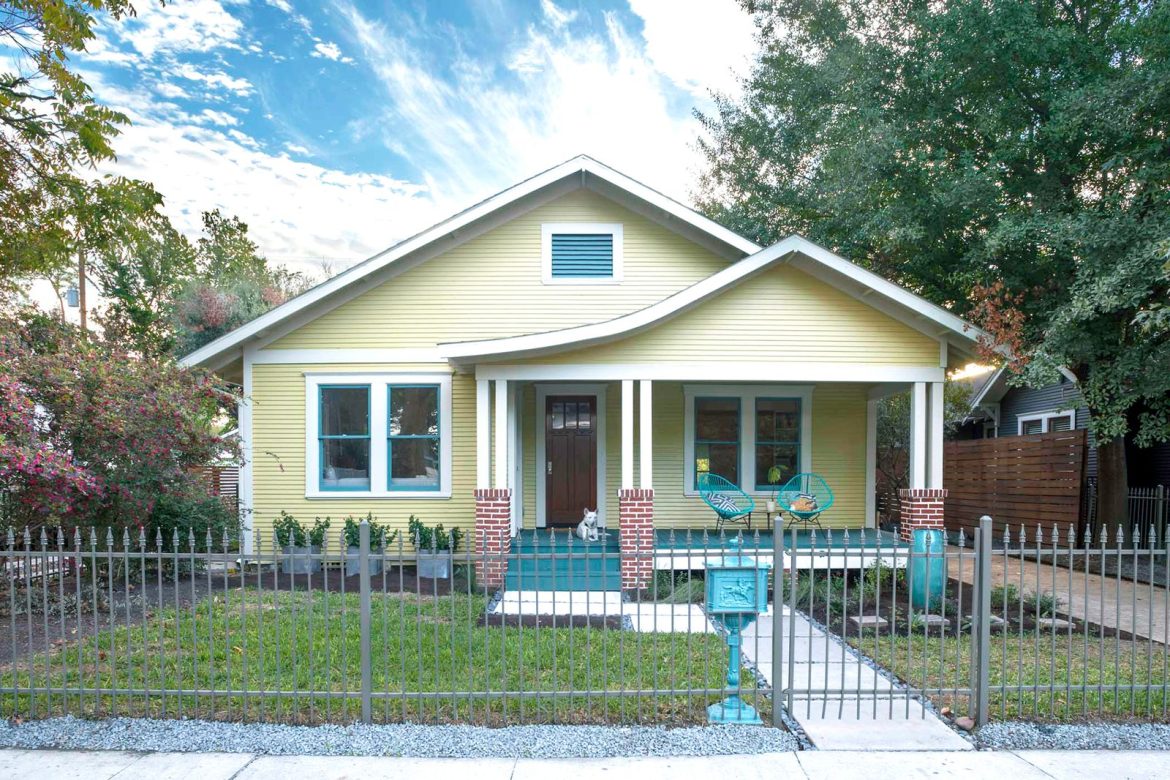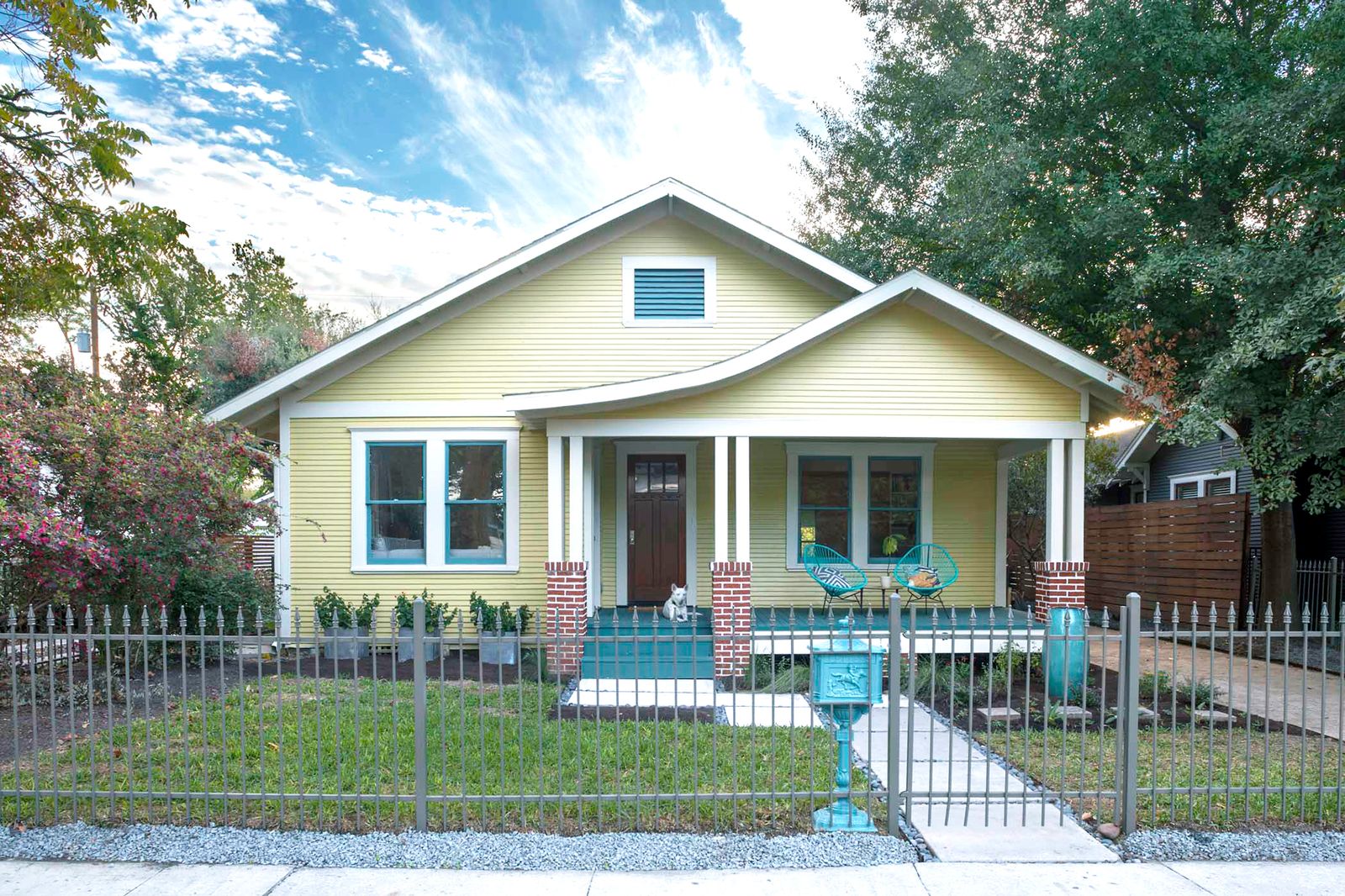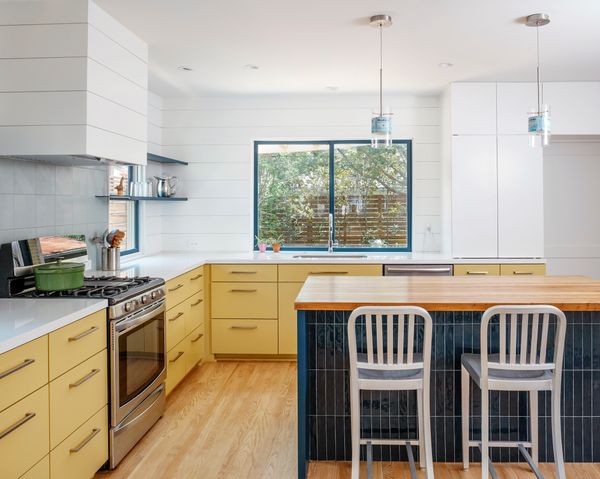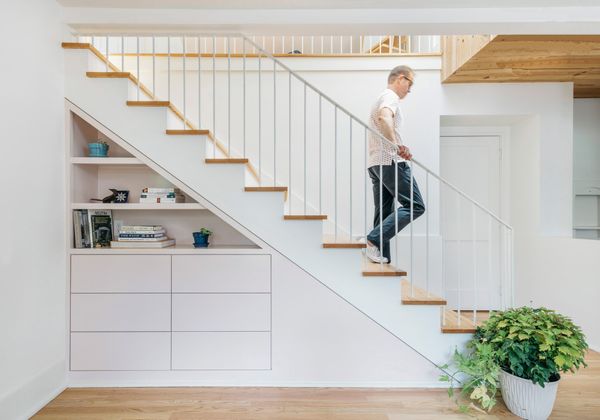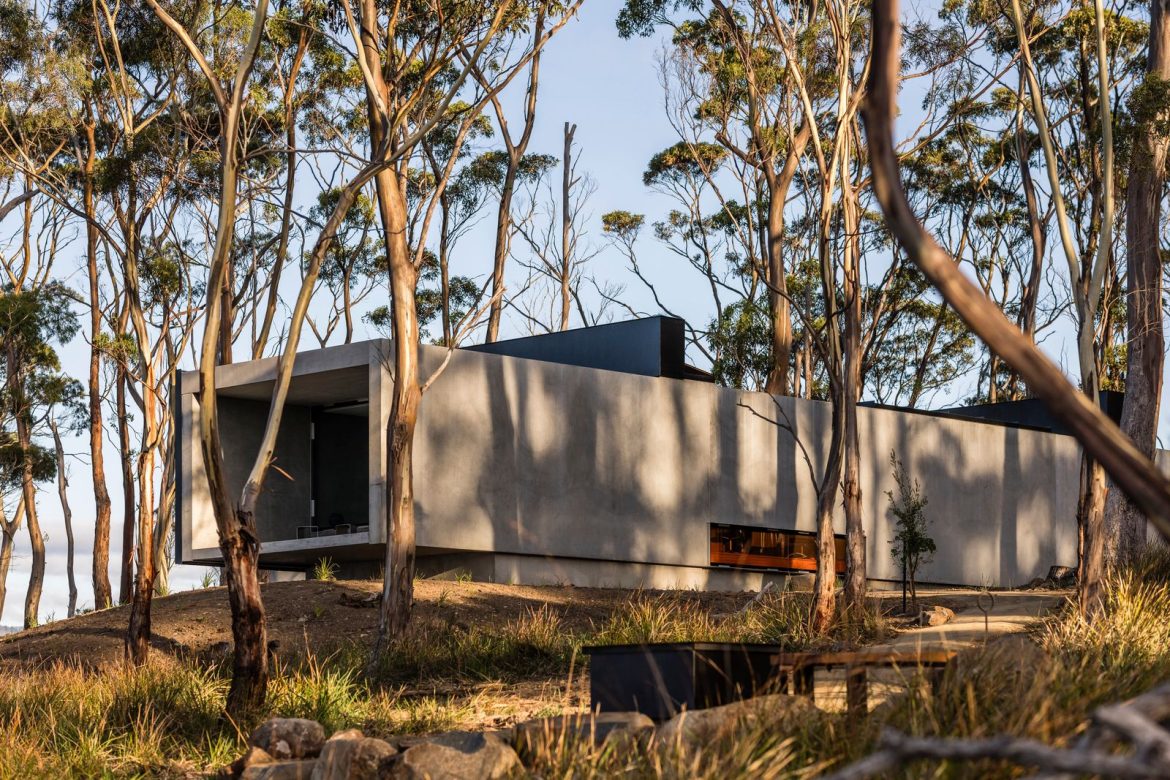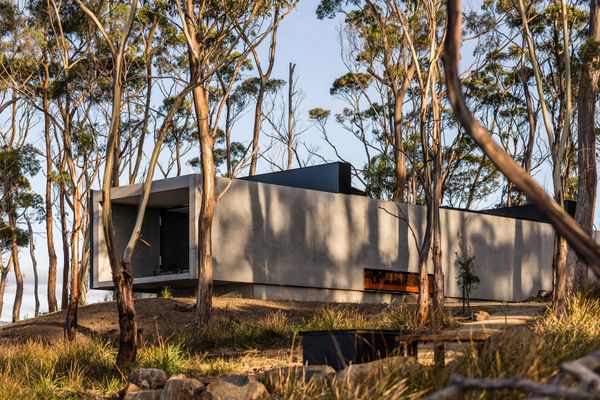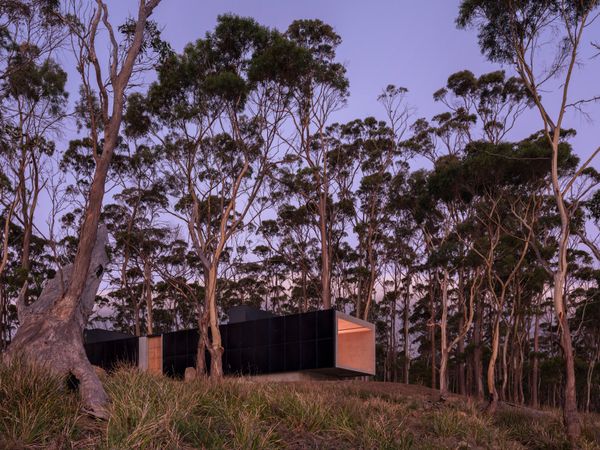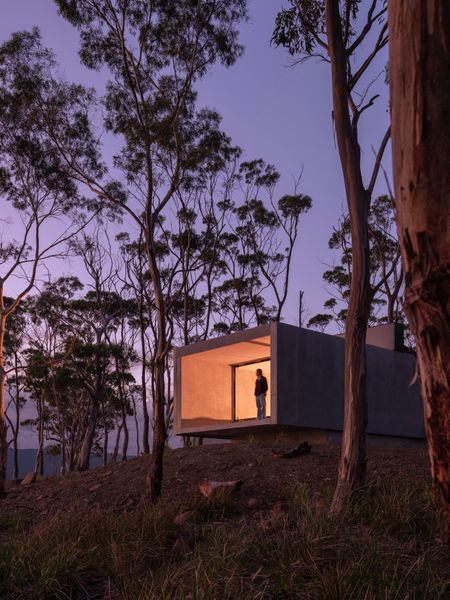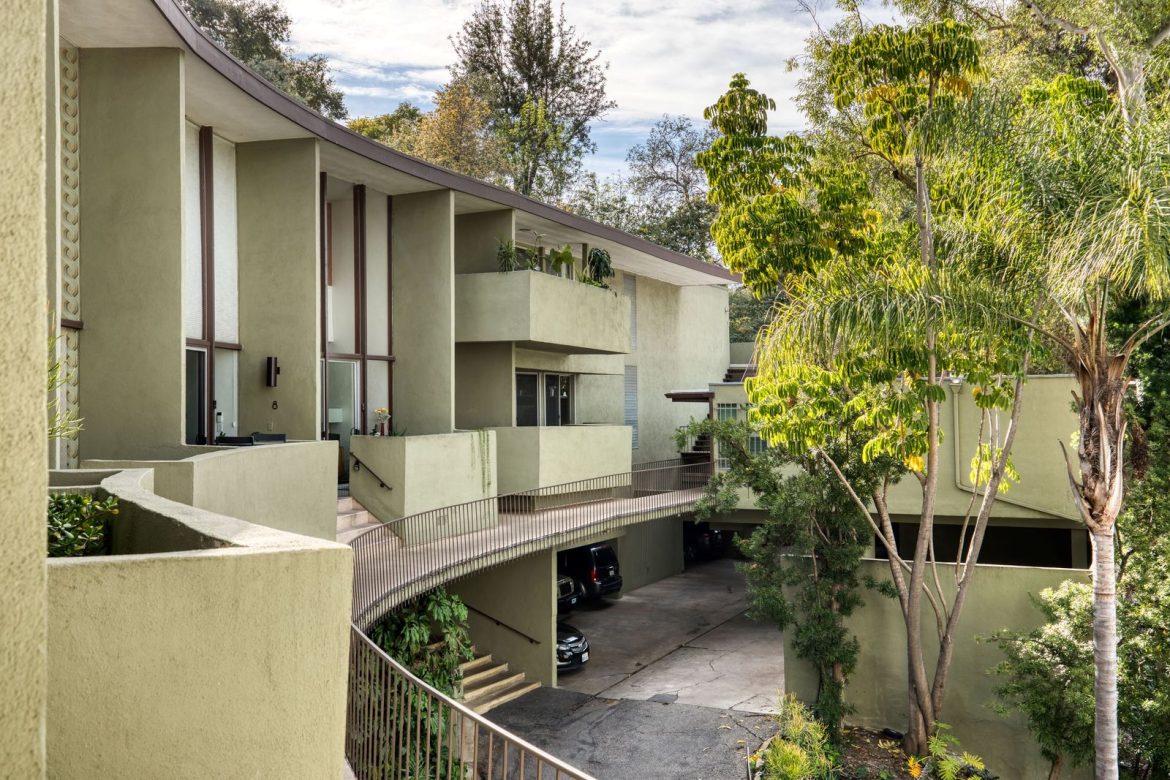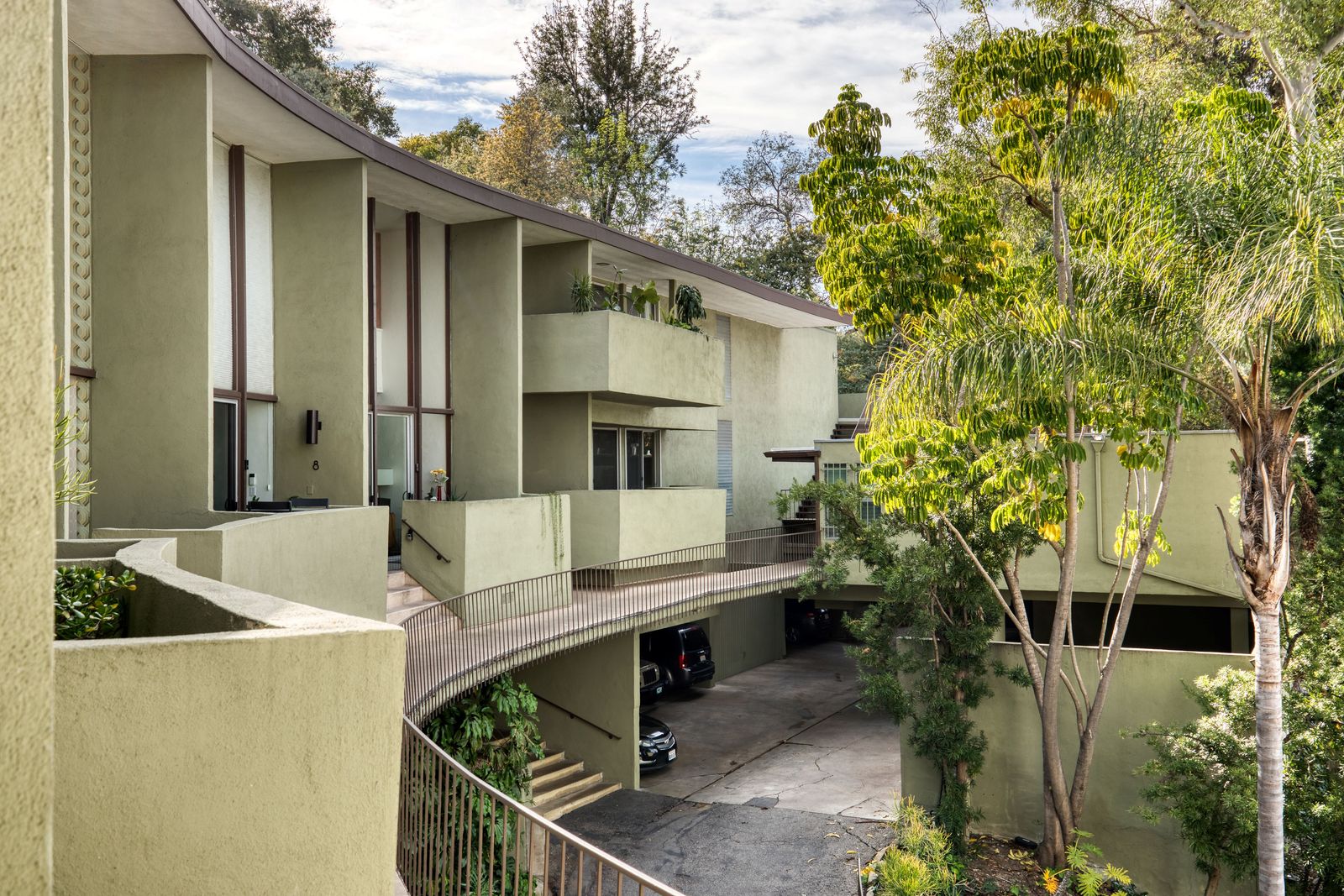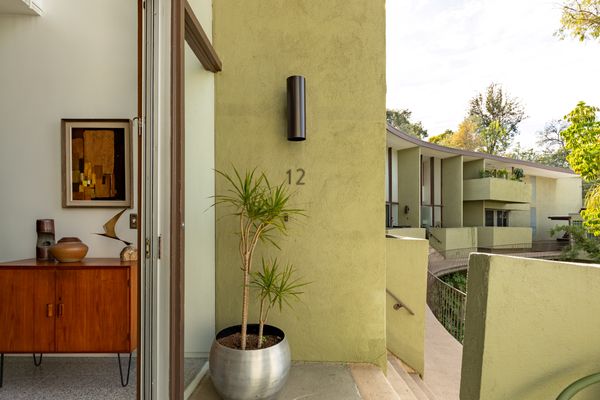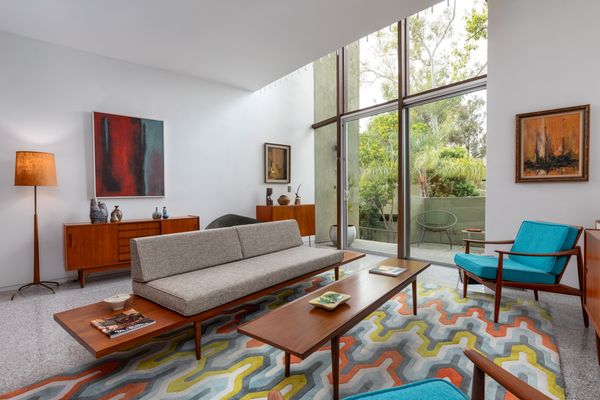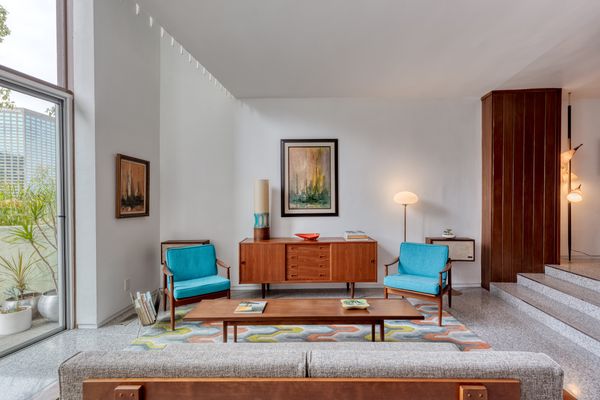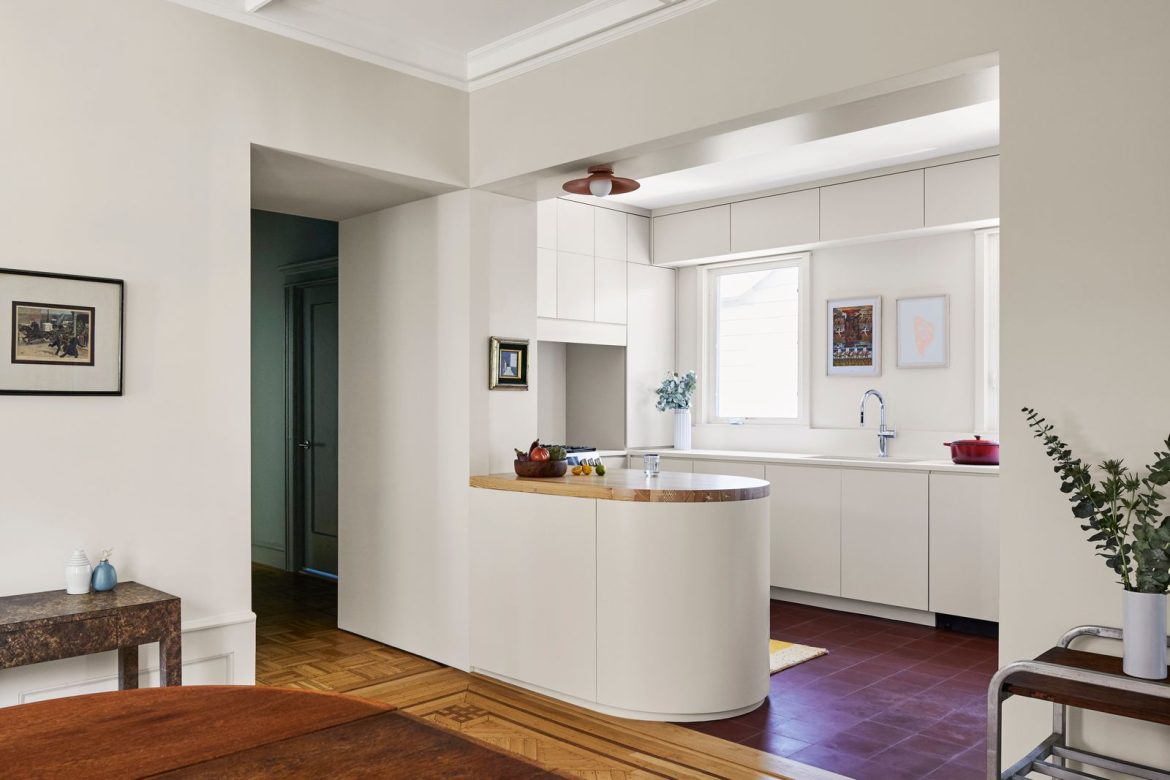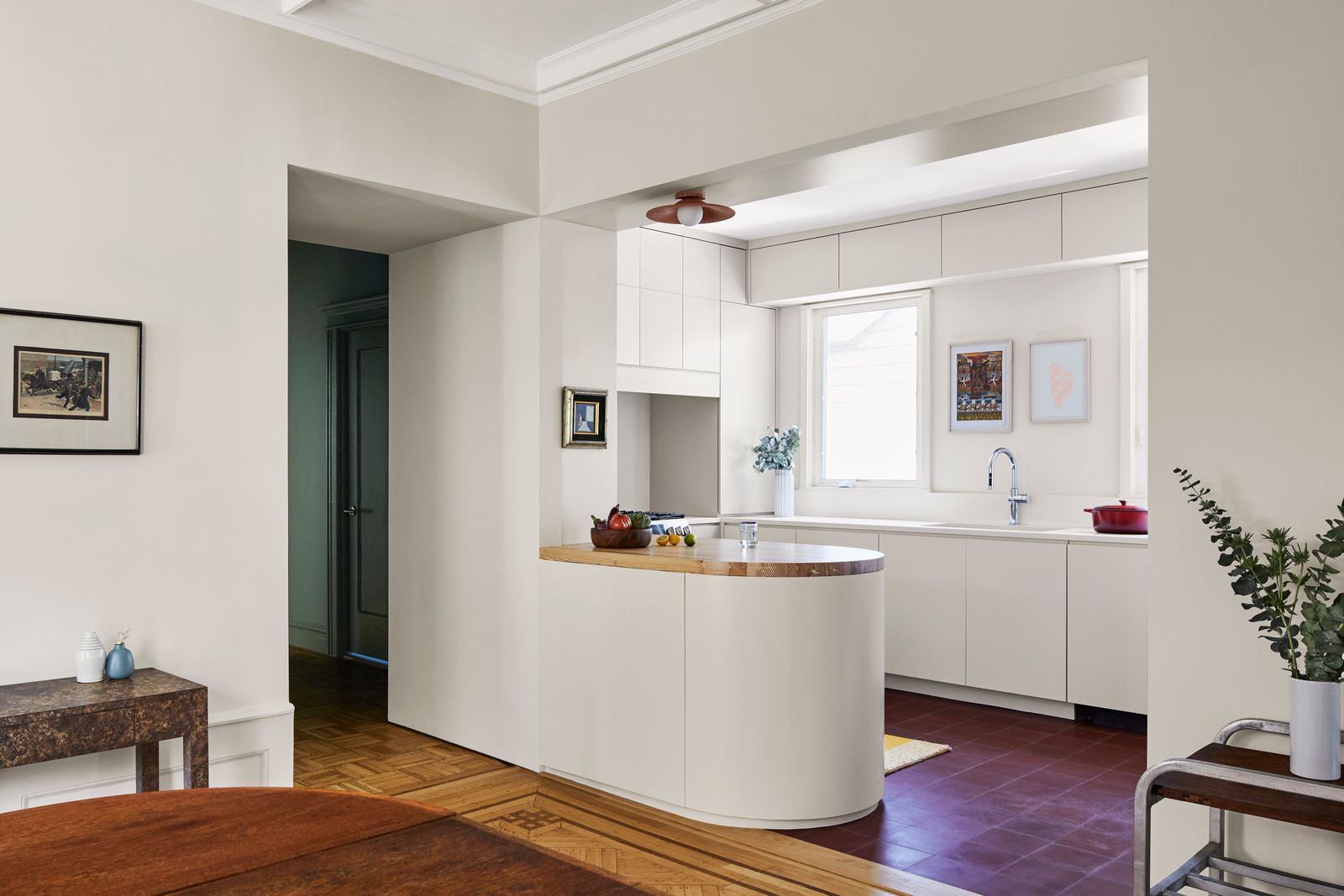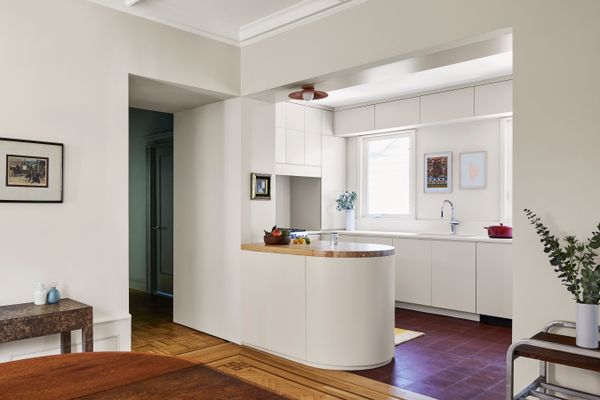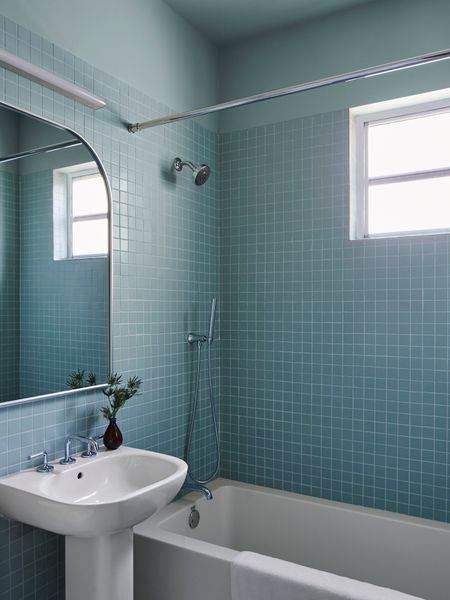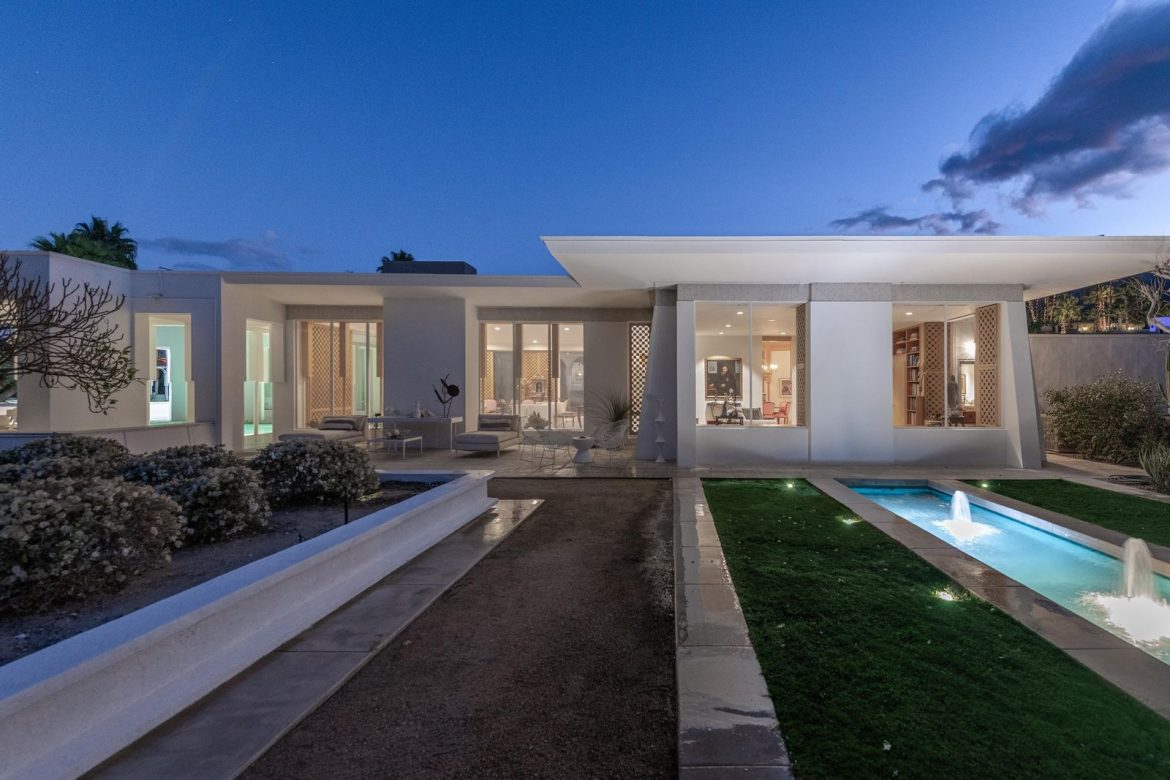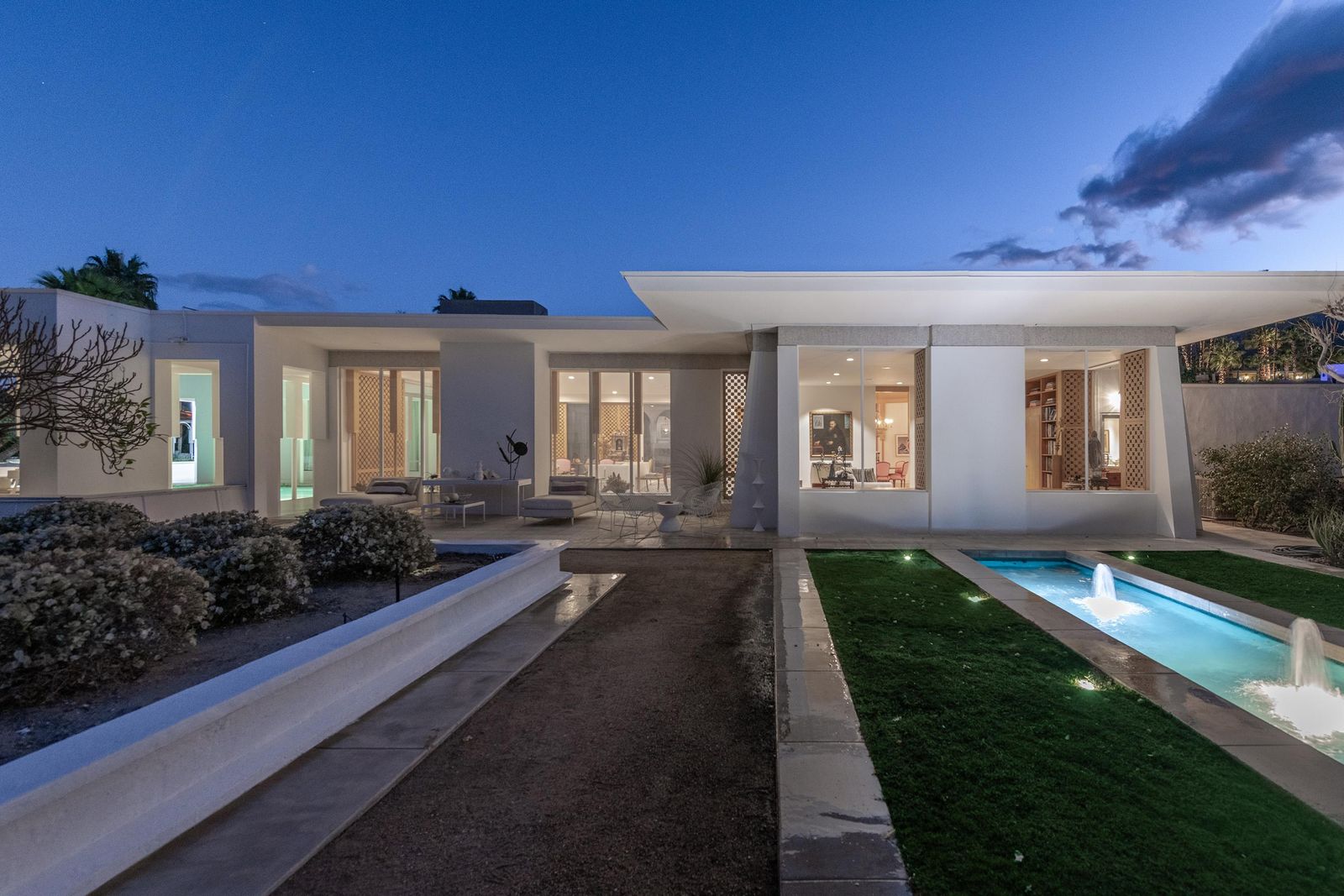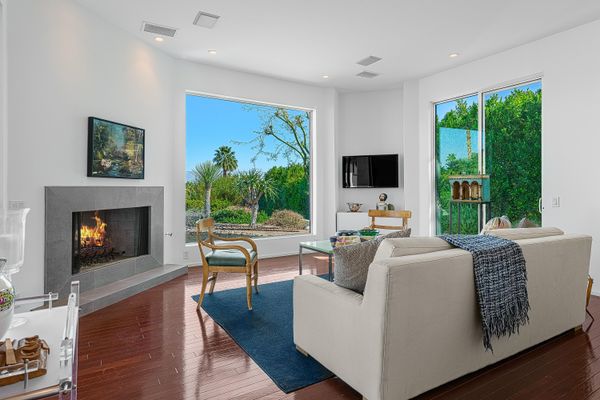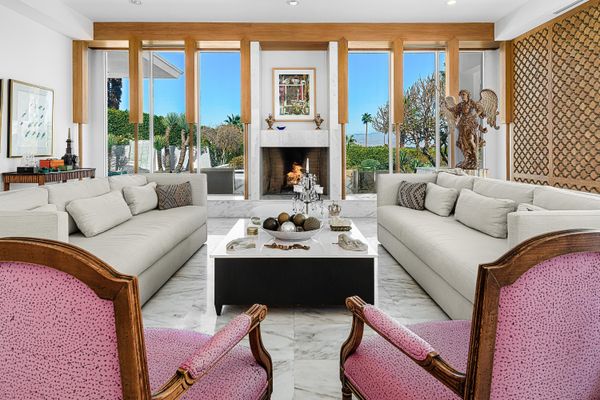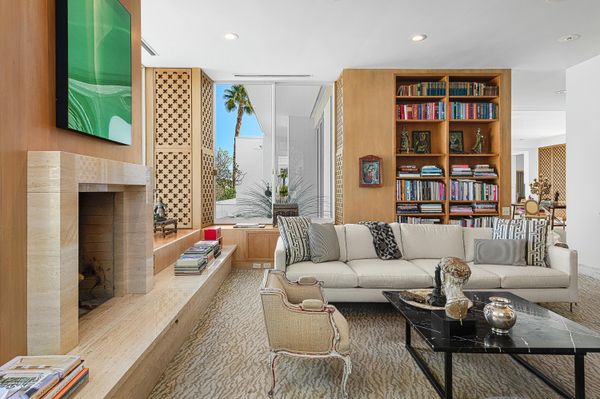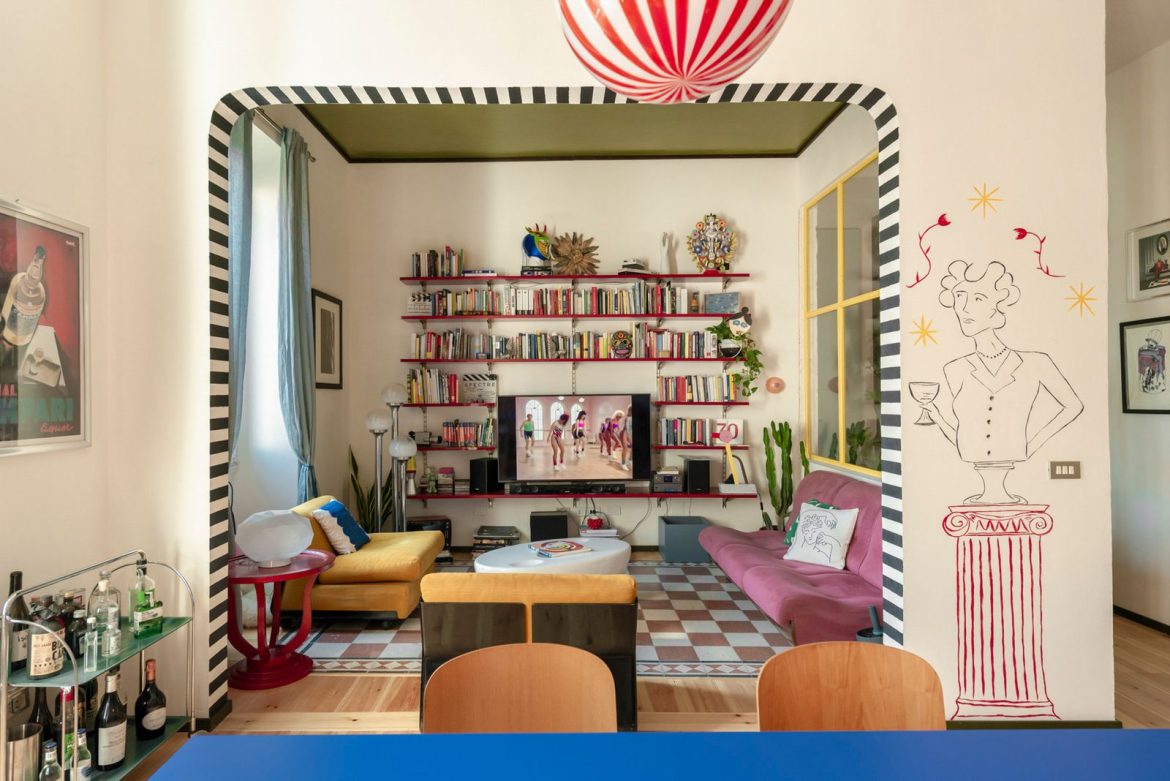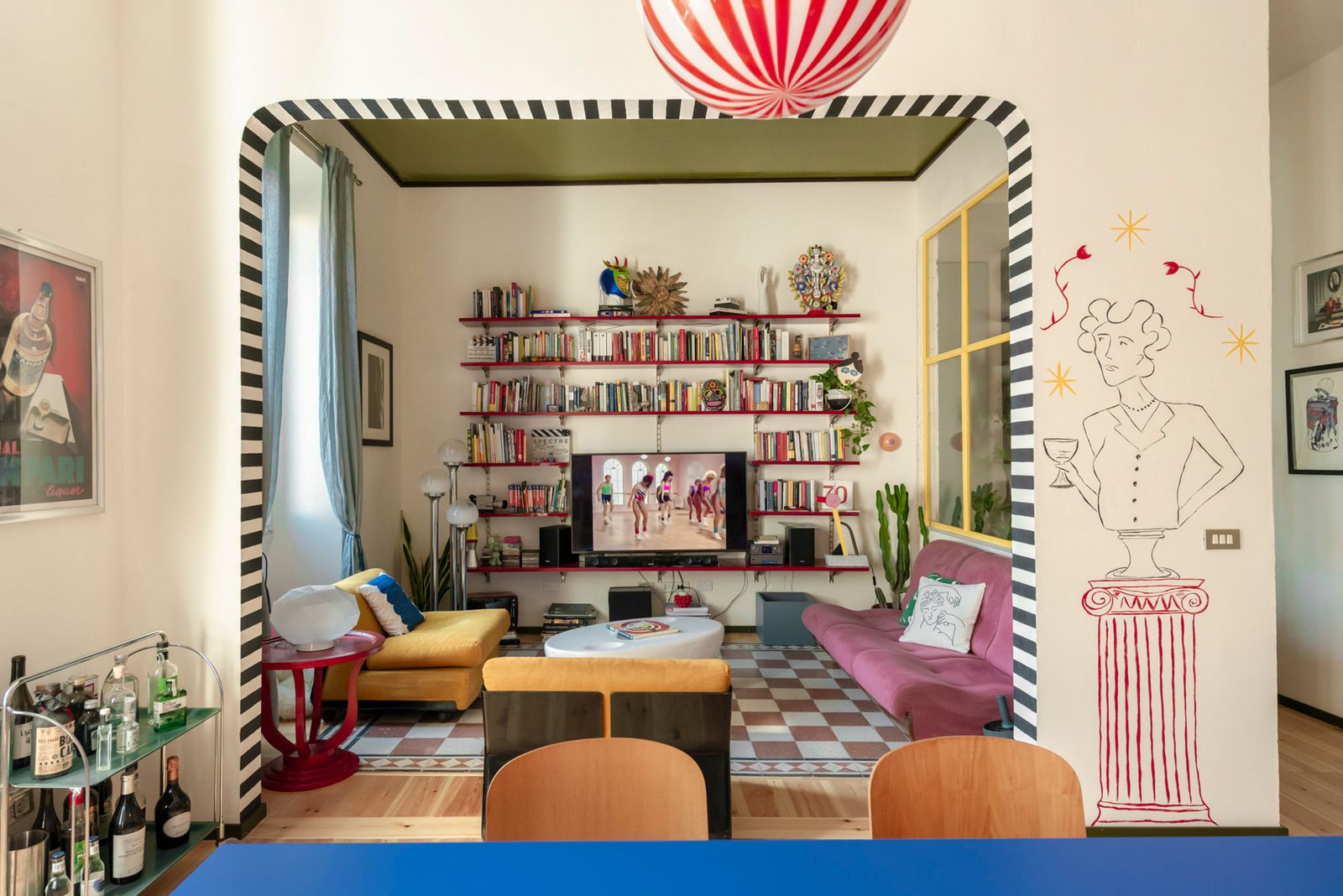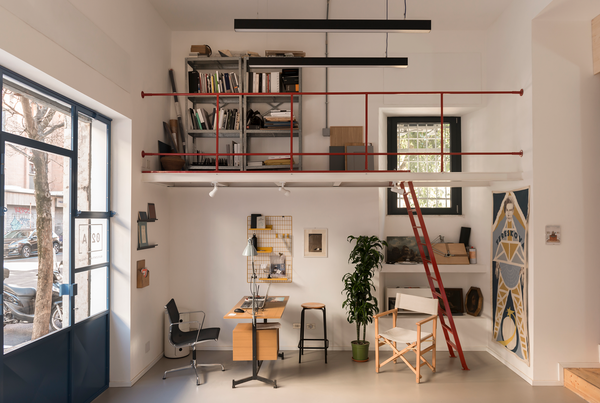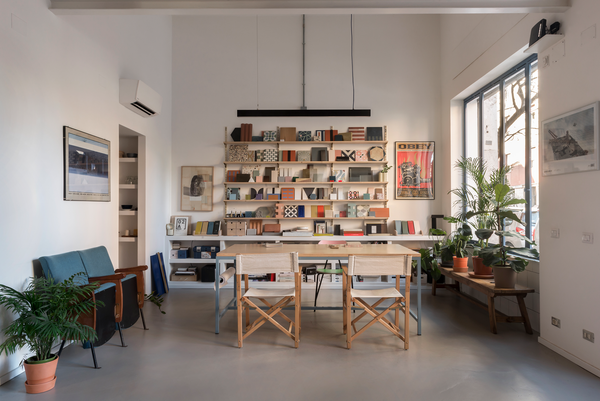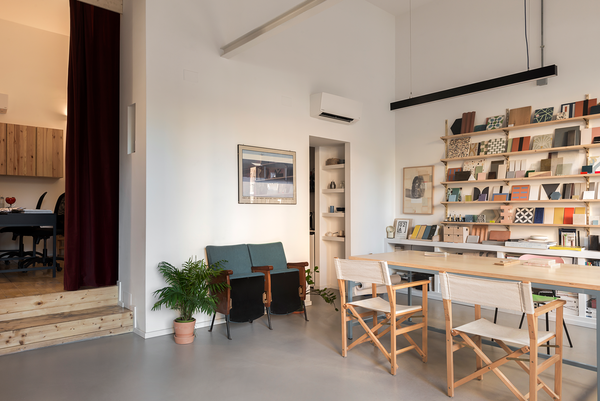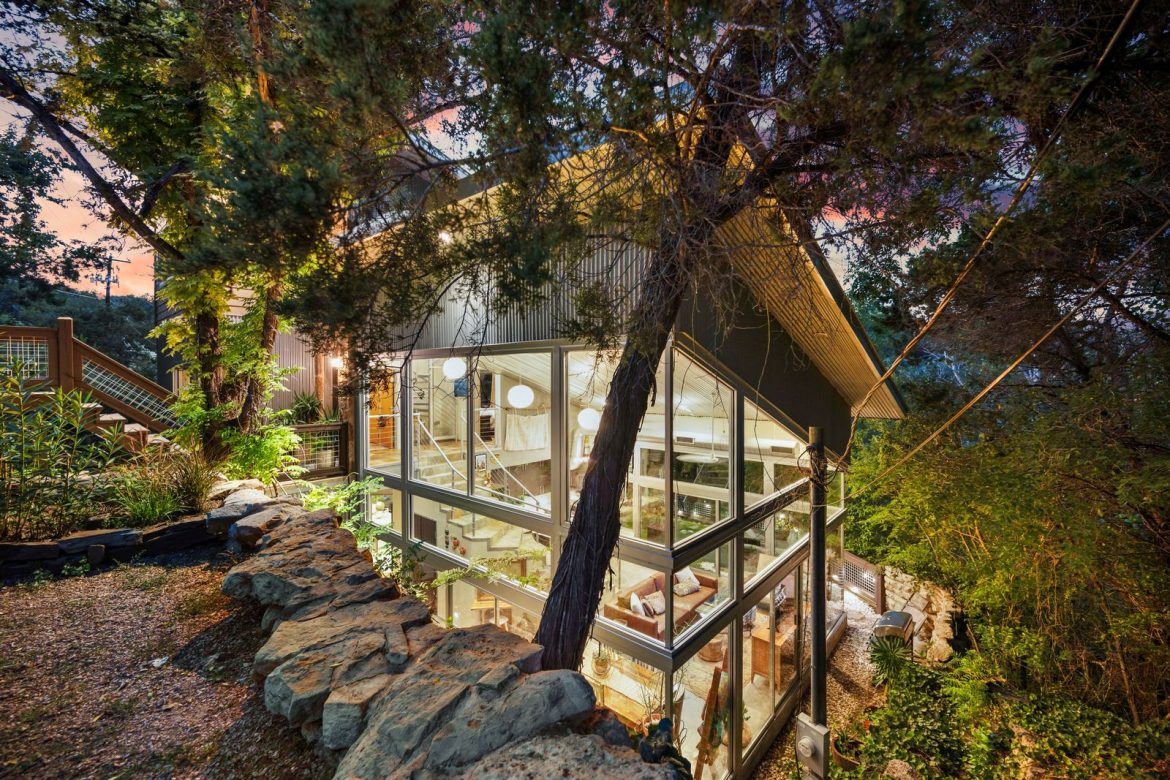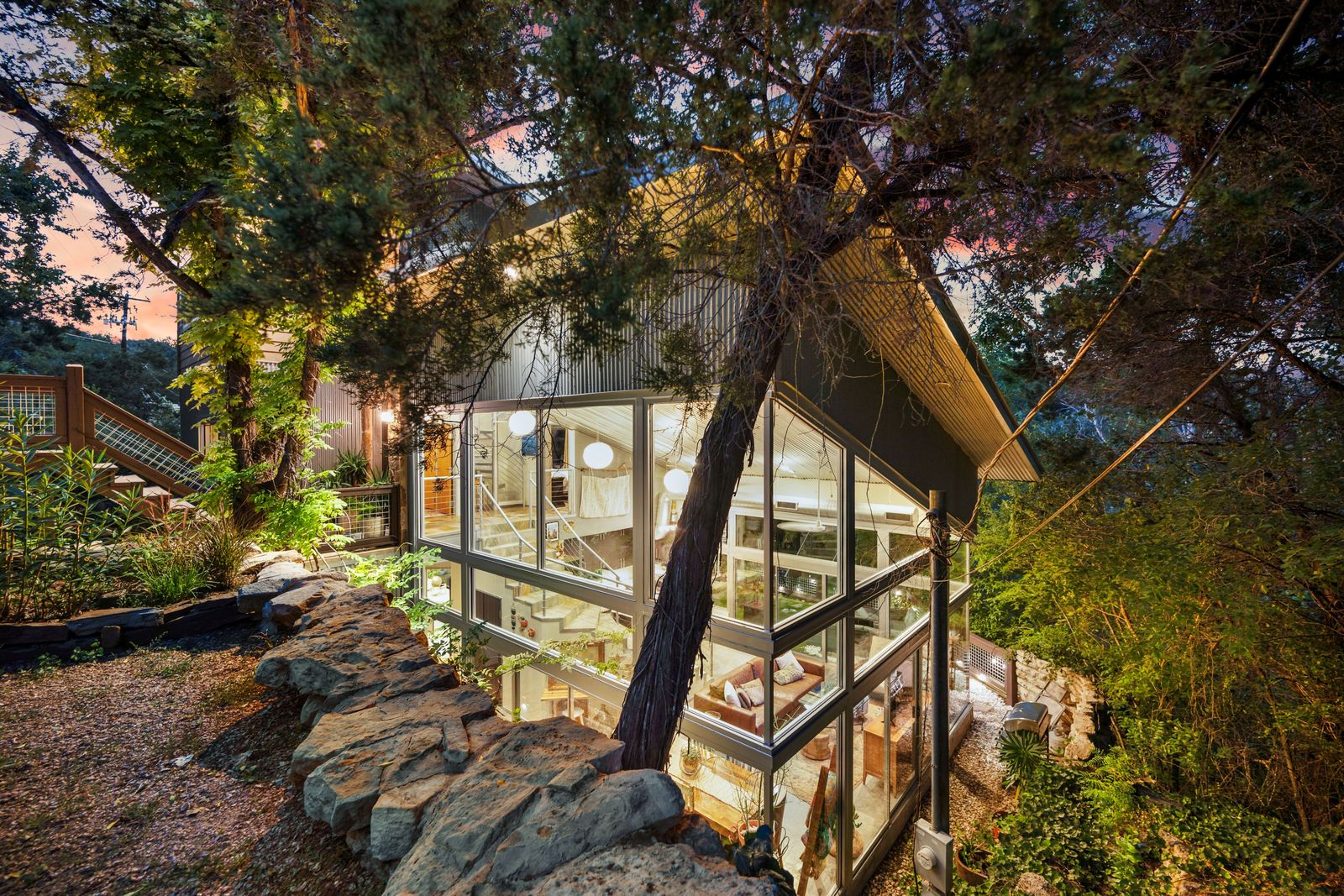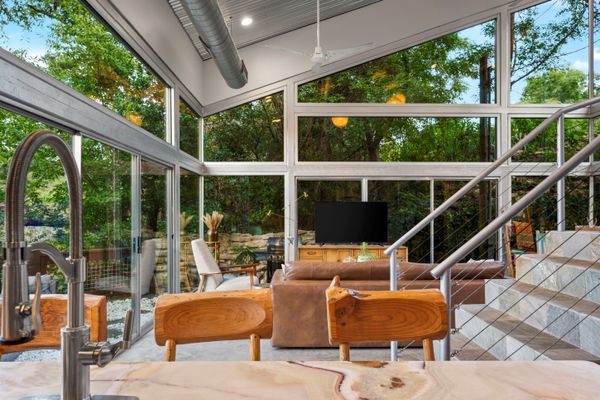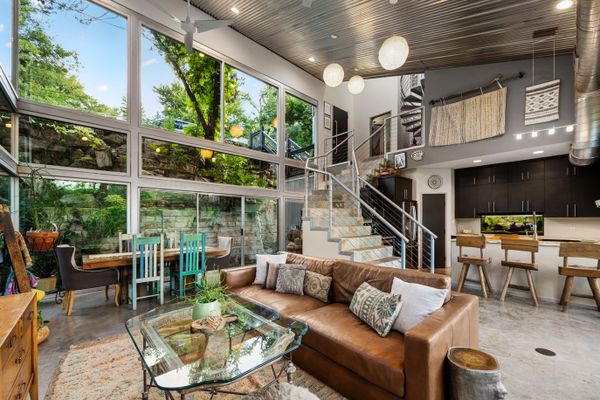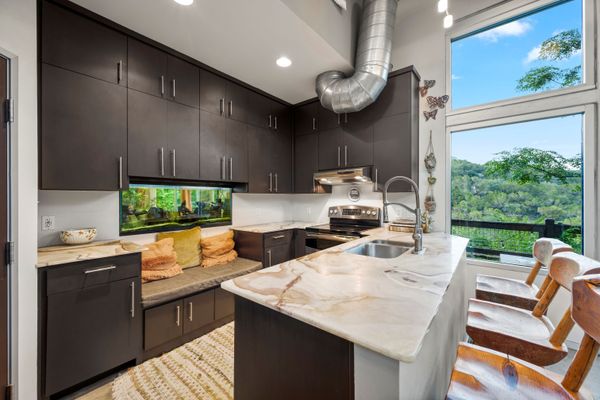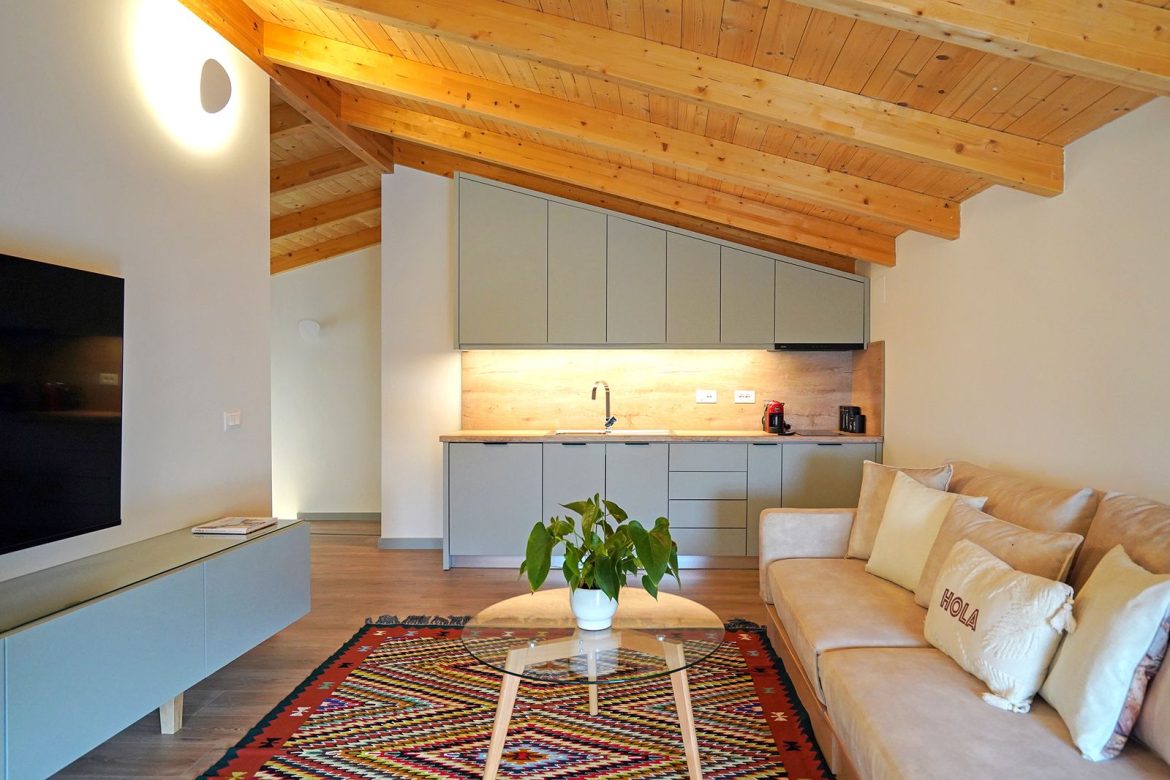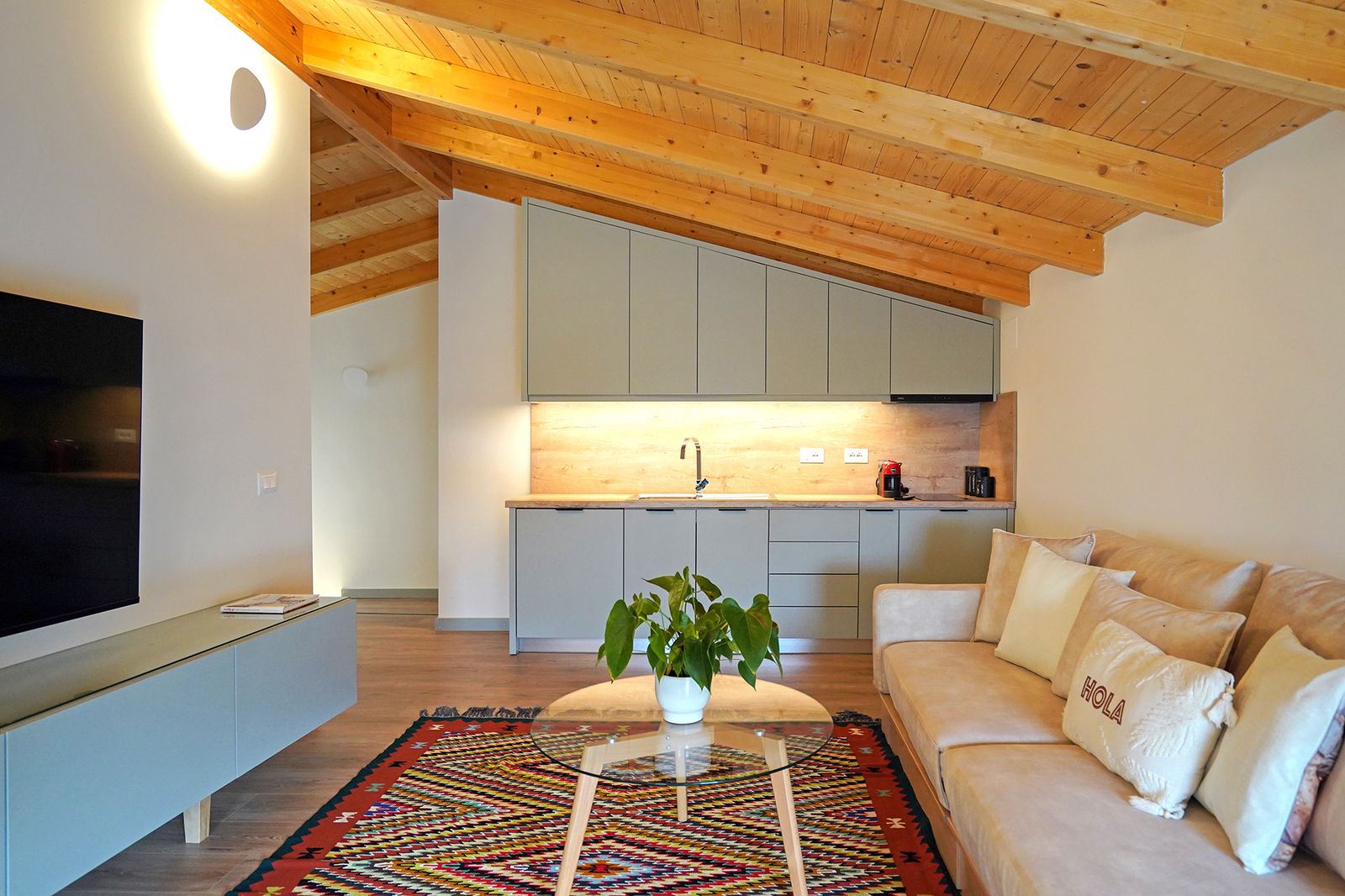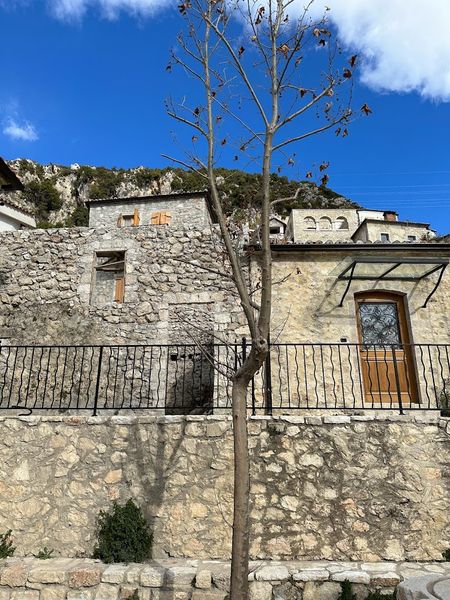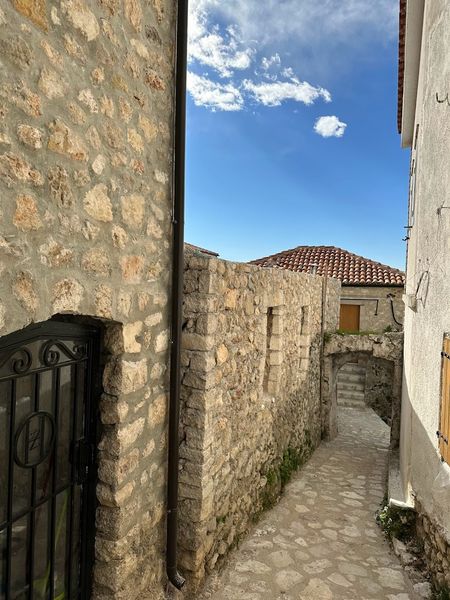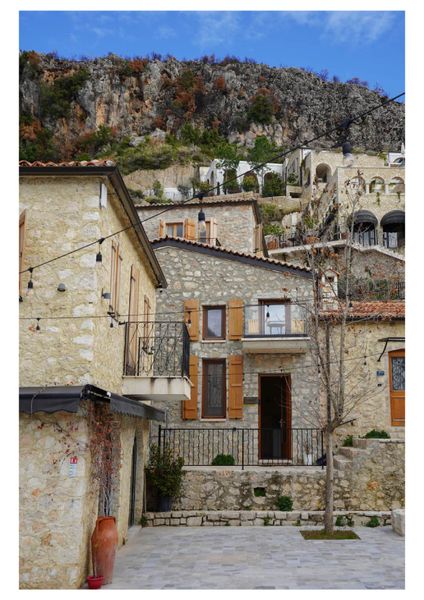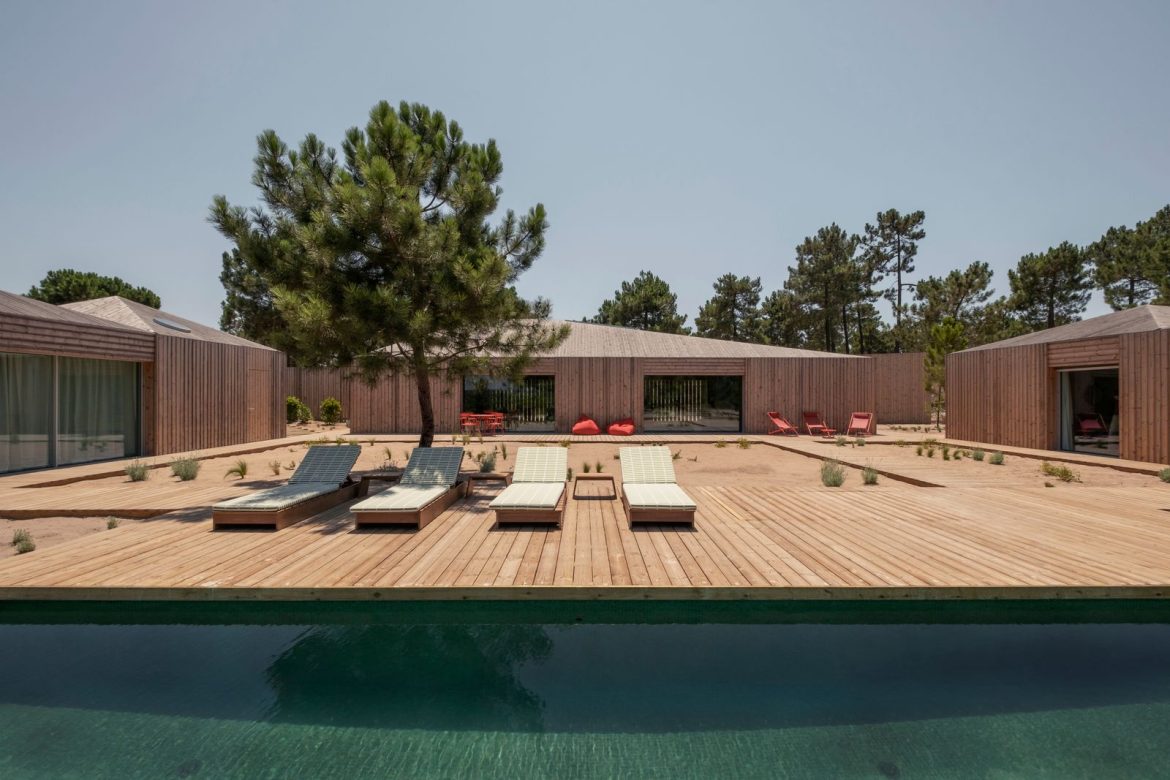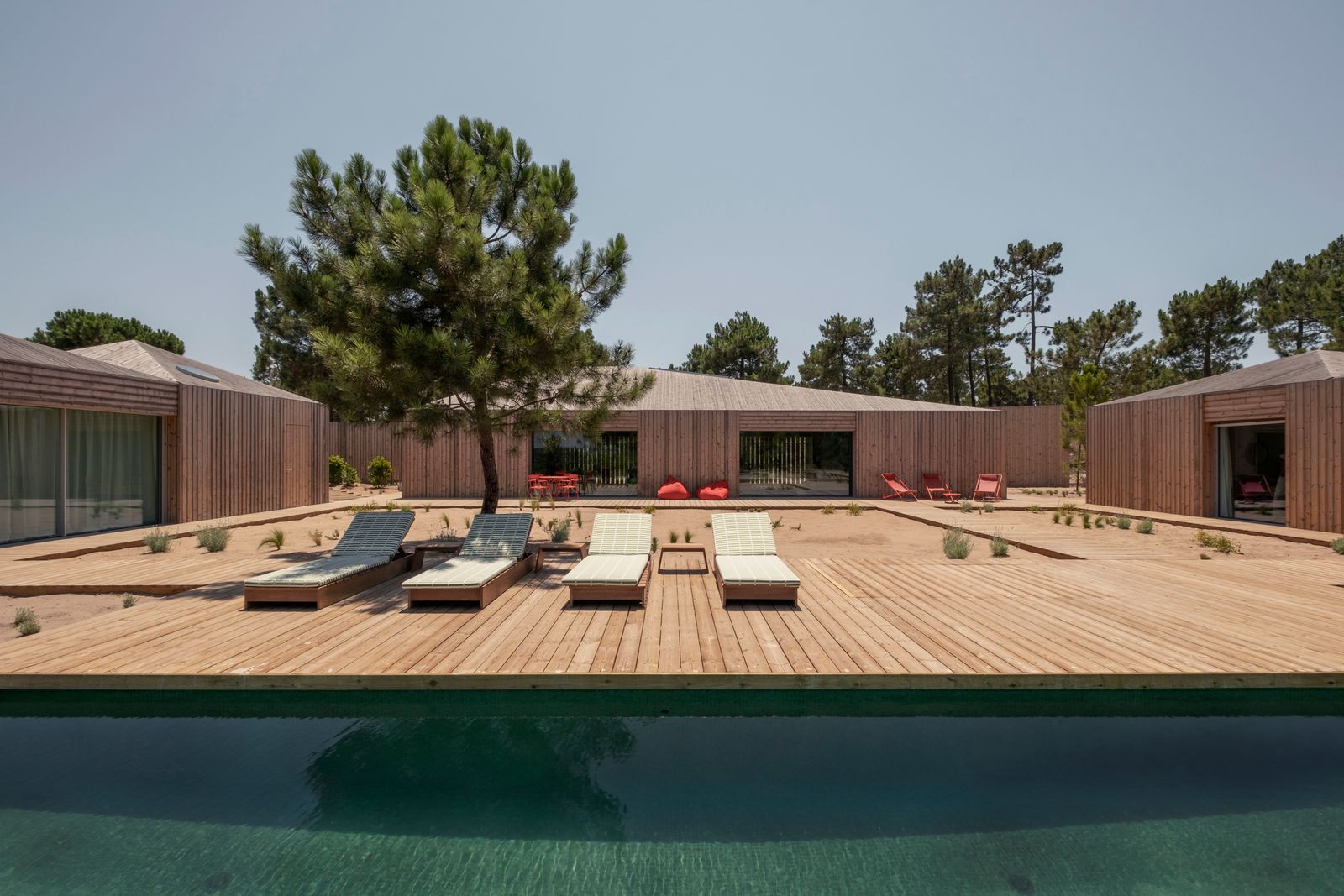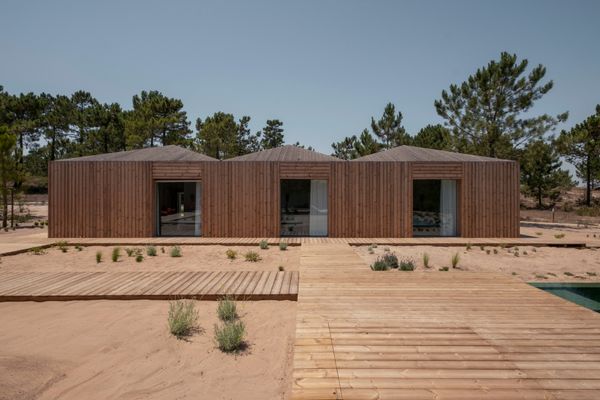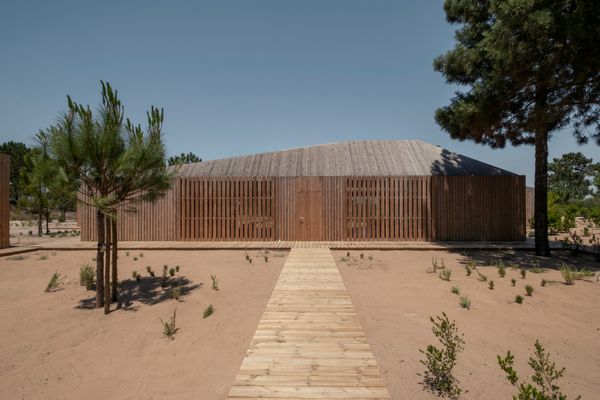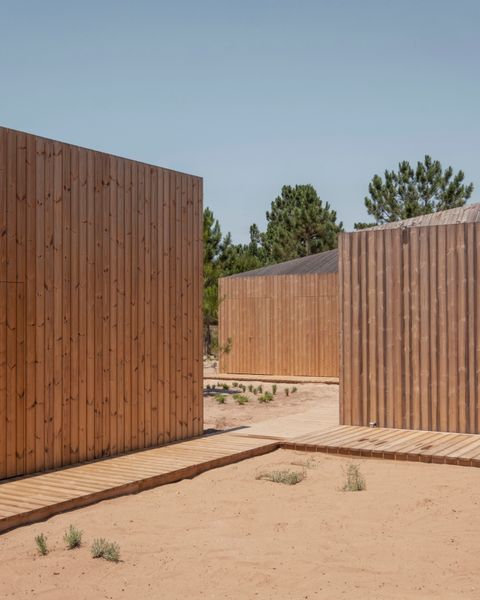One of the 20th-century architect’s biggest admirers is a somewhat unexpected—and similarly complicated—man.

It was the winter of 1985 and Domino’s Pizza was on a hot streak. The franchise, founded two decades earlier by Thomas Monaghan, had become the country’s fast-growing pizza restaurant, and the first phase of Monaghan’s unique vision for the company’s headquarters was complete. This wasn’t a standard HQ: it was a sprawling office park on rolling farmland outside Ann Arbor, Michigan, and unofficial shrine to Monaghan’s longtime idol, Frank Lloyd Wright.

The exterior of Domino’s Farms in Ann Arbor, Michigan—a sprawling office park designed to evoke Frank Lloyd Wright’s Prairie style.
Courtesy Domino’s Farms
Frank Lloyd Wright appreciation verging on the fanatical is no rarity; people still buy his homes for millions, even though they’re notorious for aging poorly, and there’s a substantial web of organizations dedicated to the preservation of his work. Still, there has perhaps been no person more (unexpectedly) committed to the 20th-century architect’s vision than the Domino’s founder. As the story goes, Monaghan first discovered Wright’s work at a library in Michigan when he was 12, then admired his Imperial Hotel while serving in the Marine Corps in Tokyo. By the ’80s and early ’90s, once Domino’s had hit its stride, the founder was gobbling up Frank Lloyd Wright furniture at an unbelievable rate and cost. The volume was so high that Monaghan was considered a key factor in the hike in prices for Wright’s works, according to a 1988 New York Times story, and he was criticized by preservationists who believed deep-pocketed collectors were destroying the artistic value of Wright homes as they snapped up built-in details of the structures that would leave them with less of their original character. Though total amount for this yearslong spending spree are unavailable, another 1988 New York Times story reported that Monaghan spent over $14 million on Wright objects alone by that time, acquiring “the largest collection of the architect’s furniture, stained glass, and decorative objects anywhere.” Never mind the $330,000 he spent a few years earlier on Wright’s 1941 Carlton D. Wall House (also known as Snowflake) and a 1953 Usonian that had been dismantled and stored away for decades. Or that $120 million office park.
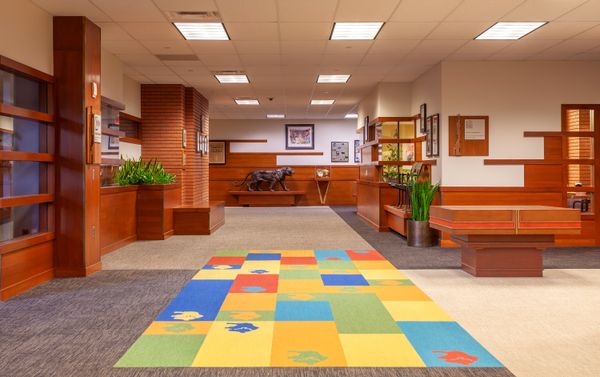
Inside the long, slow-slung structure, several of the Domino Pizza founder’s collections are on display, including his massive trove of Wright objects.
Courtesy Domino’s Farms
Just outside Ann Arbor on a street named Frank Lloyd Wright Drive, Domino’s Farms is a behemoth structure that spans a half-mile long and over 400,000 square feet. Monaghan tasked architect Gunnar Birkerts (a former employee of Eero Saarinen) with designing the structure to evoke Wright’s Prairie style. “Tom is addicted to Frank Lloyd Wright without any reservation,” Birkerts told the New York Times in 1985. The office building is pure postmodern pastiche: With its flat planes and red brick, it’s legibly Wright-inspired on the exterior, though largely unrelated to the Midwestern architect’s style on the interior, save for the chairman’s suite, with its brick hearth and wood-paneled walls.
At the time of the new HQ’s construction, the Domino’s owner (who’d recently bought the Detroit Tigers) was emphatic about Wright’s brilliance. “I’ve been evangelizing Frank Lloyd Wright all my life,” Monaghan told the New York Times. “I’ve never met anyone yet who hasn’t been impressed.” The business tycoon spoke about drawing attention to Wright’s genius as imperative, like the architect’s work might otherwise be completely forgotten. “Wright is the equal if not the superior of Michelangelo,” he stated in an interview with historian Hugh Howard in the 1991 book Preservationist’s Progress. This wasn’t just a personal fixation, but in some ways, a strange offshoot of the Domino’s Pizza brand. For a roughly decade-long period, Frank Lloyd Wright—and architecture by extension—was a part of the Domino’s corporate identity. You could buy calendars that featured “Selections from the Domino’s Center for Architecture and Design” and read semifrequently about Monaghan’s latest auction exploits in the Times. There was a Domino’s-sponsored award for the “Domino’s Pizza World’s Top 30 Architects.” Design historian David A. Banks wrote a 1989 book titled Frank Lloyd Wright: Preserving an Architectural Heritage, Decorative Designs From the Domino’s Pizza Collection.

Tom Monaghan, founder of Domino’s Pizza, on the University of Ave Maria campus in the Catholic-centric planned community of the same name he founded in Florida.
Photo by Joe Raedle/Getty Images
See the full story on Dwell.com: Frank Lloyd Wright’s Surprising Superfan: The Founder of Domino’s Pizza?
Related stories:

